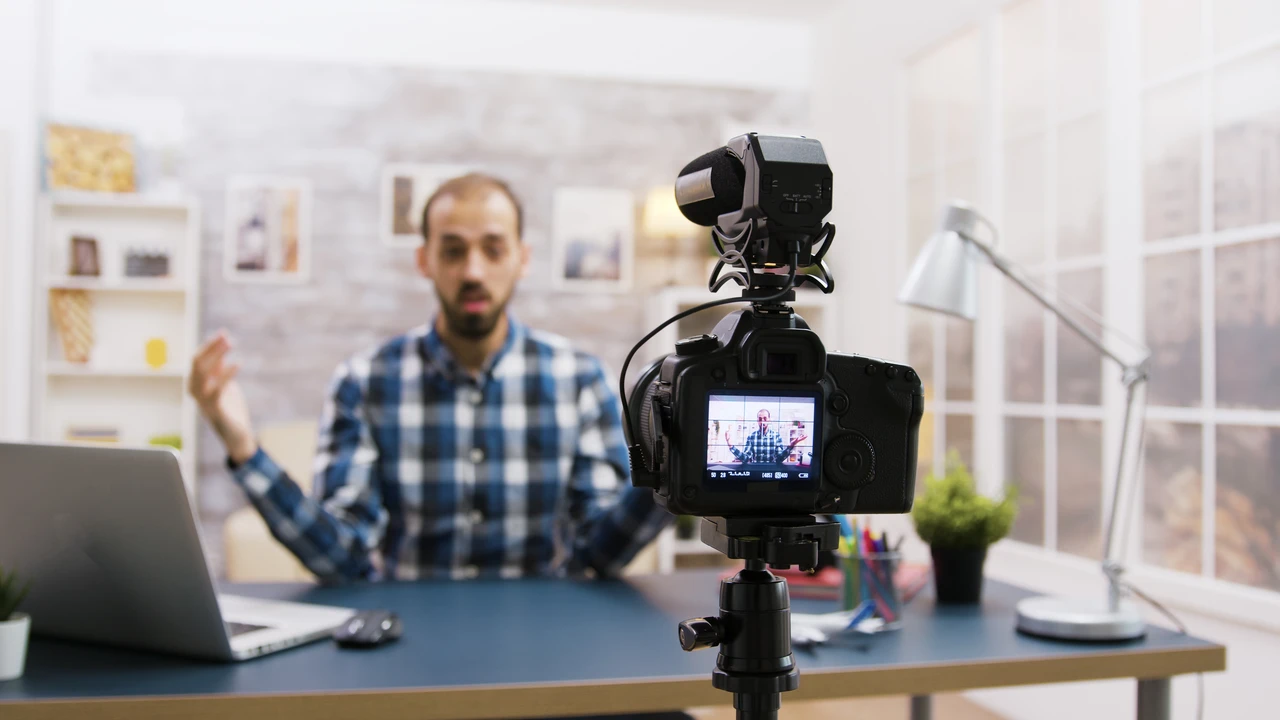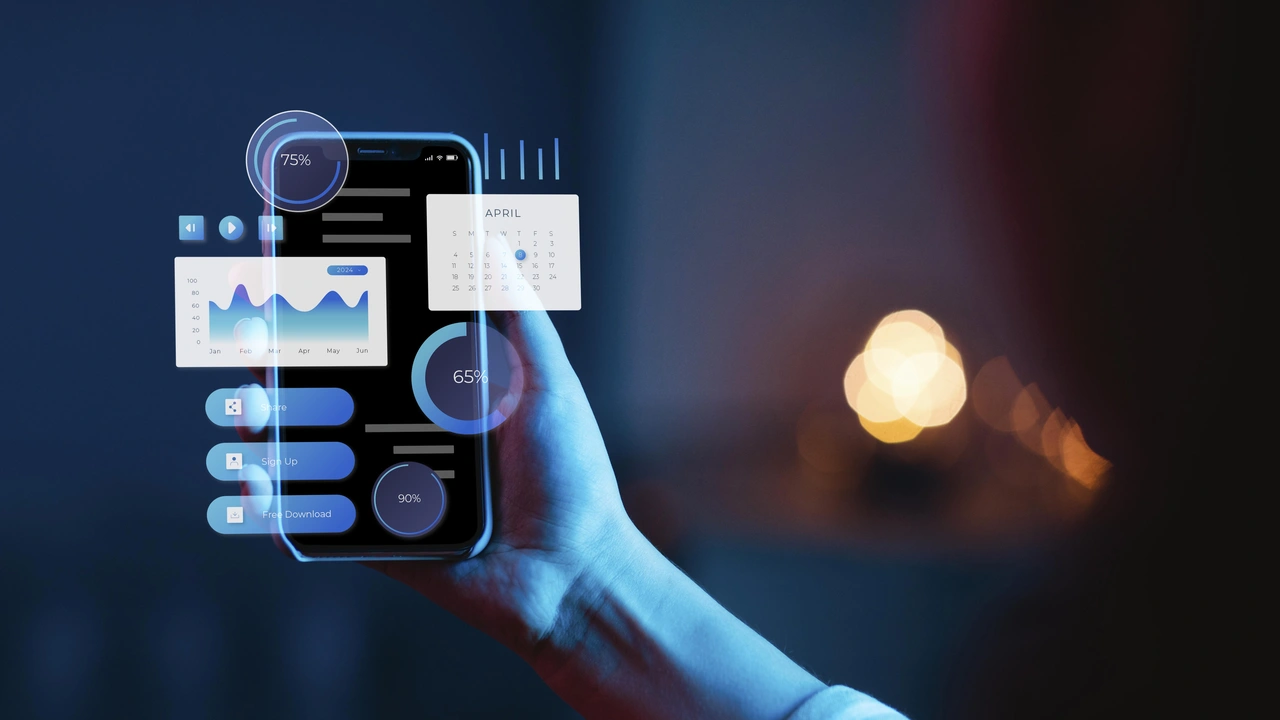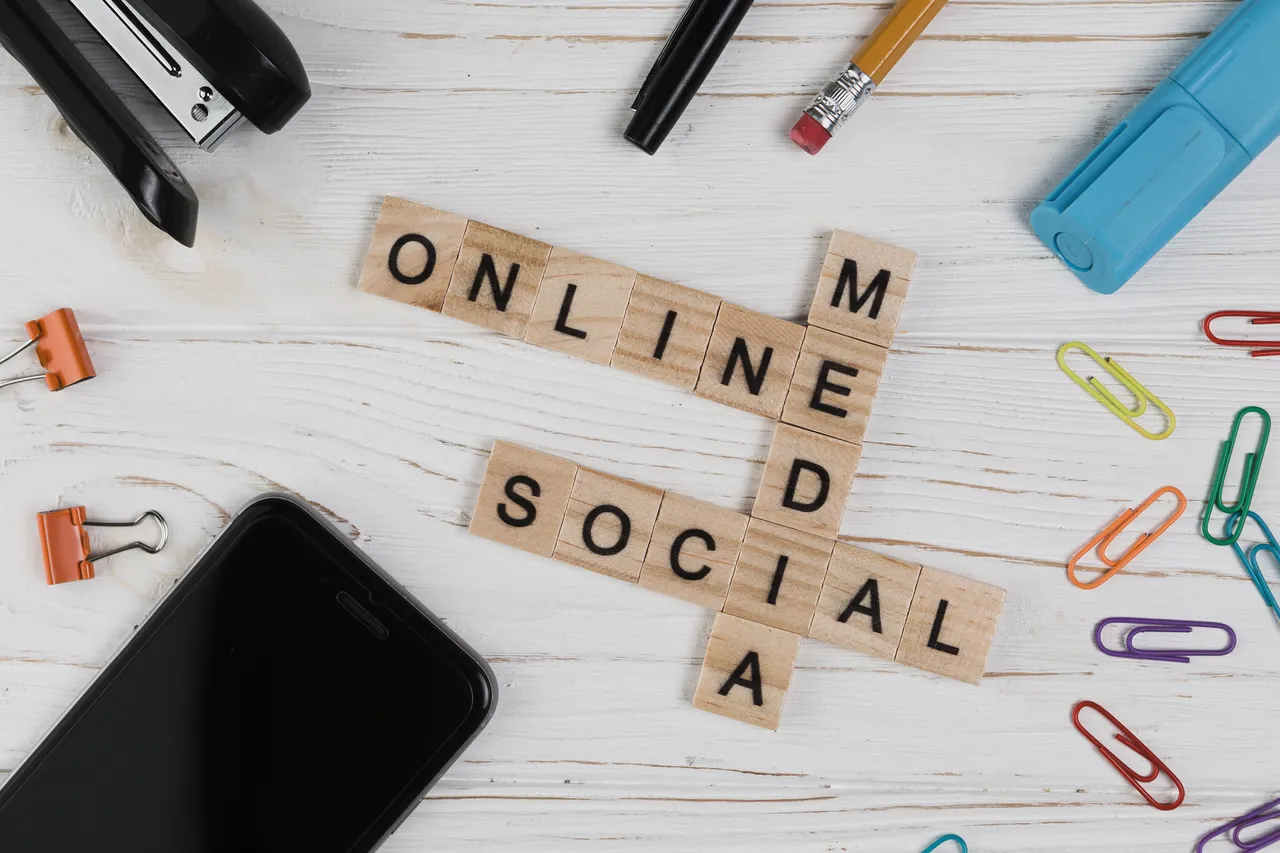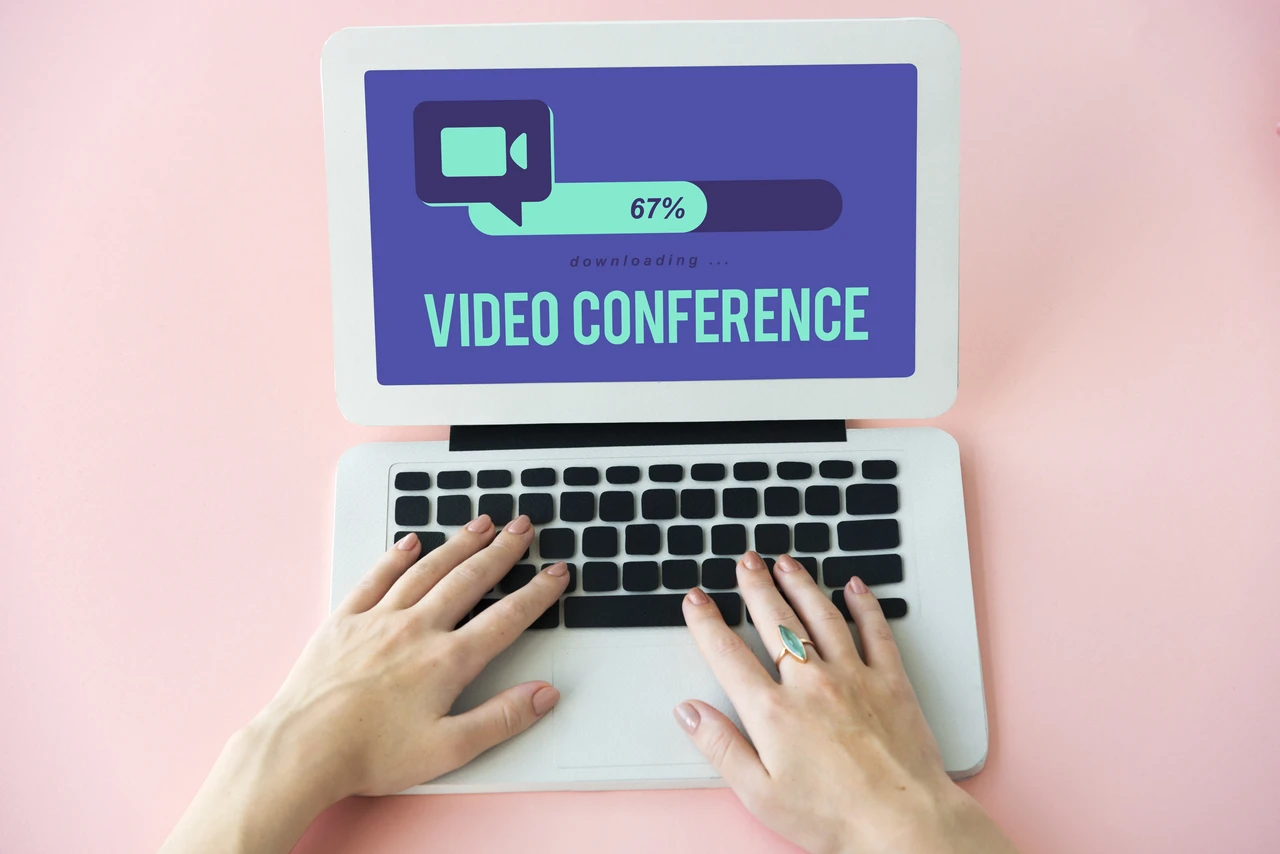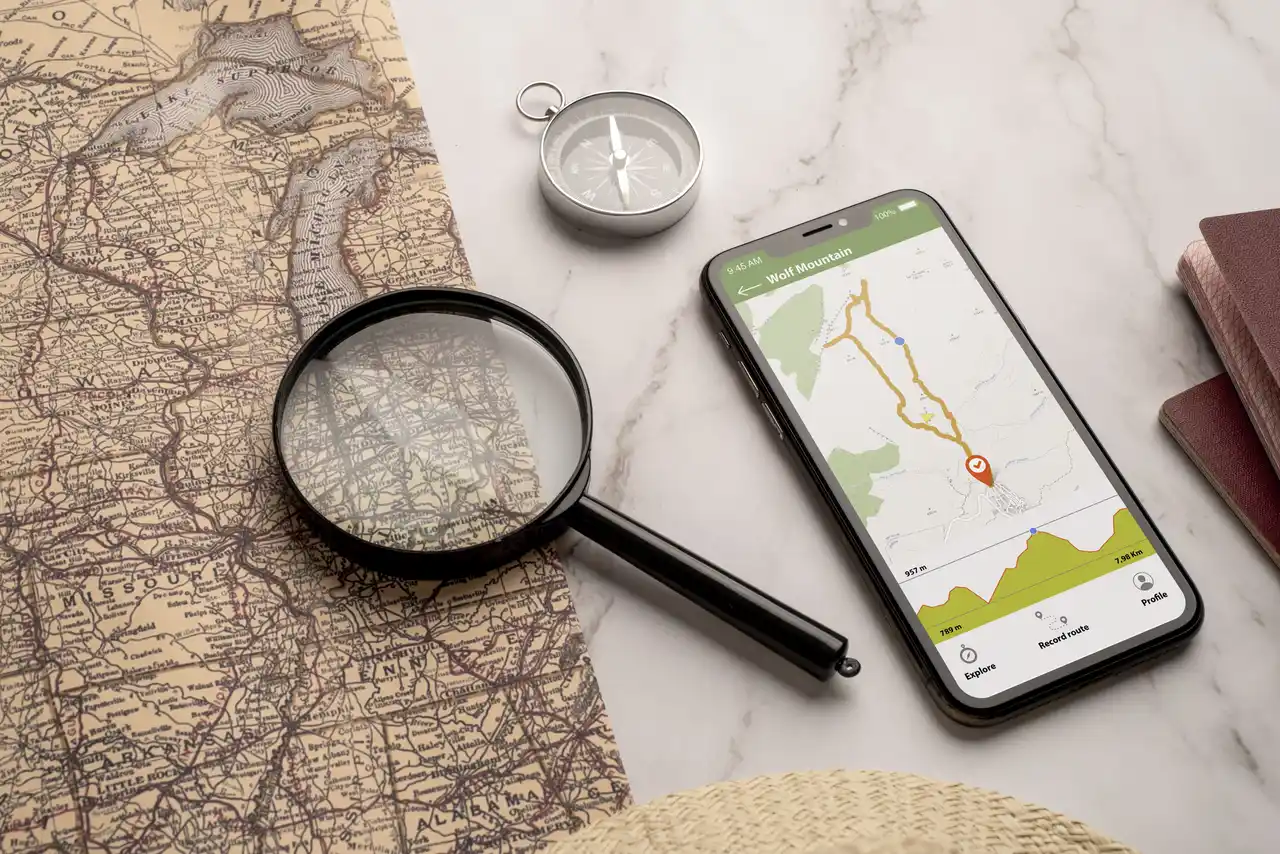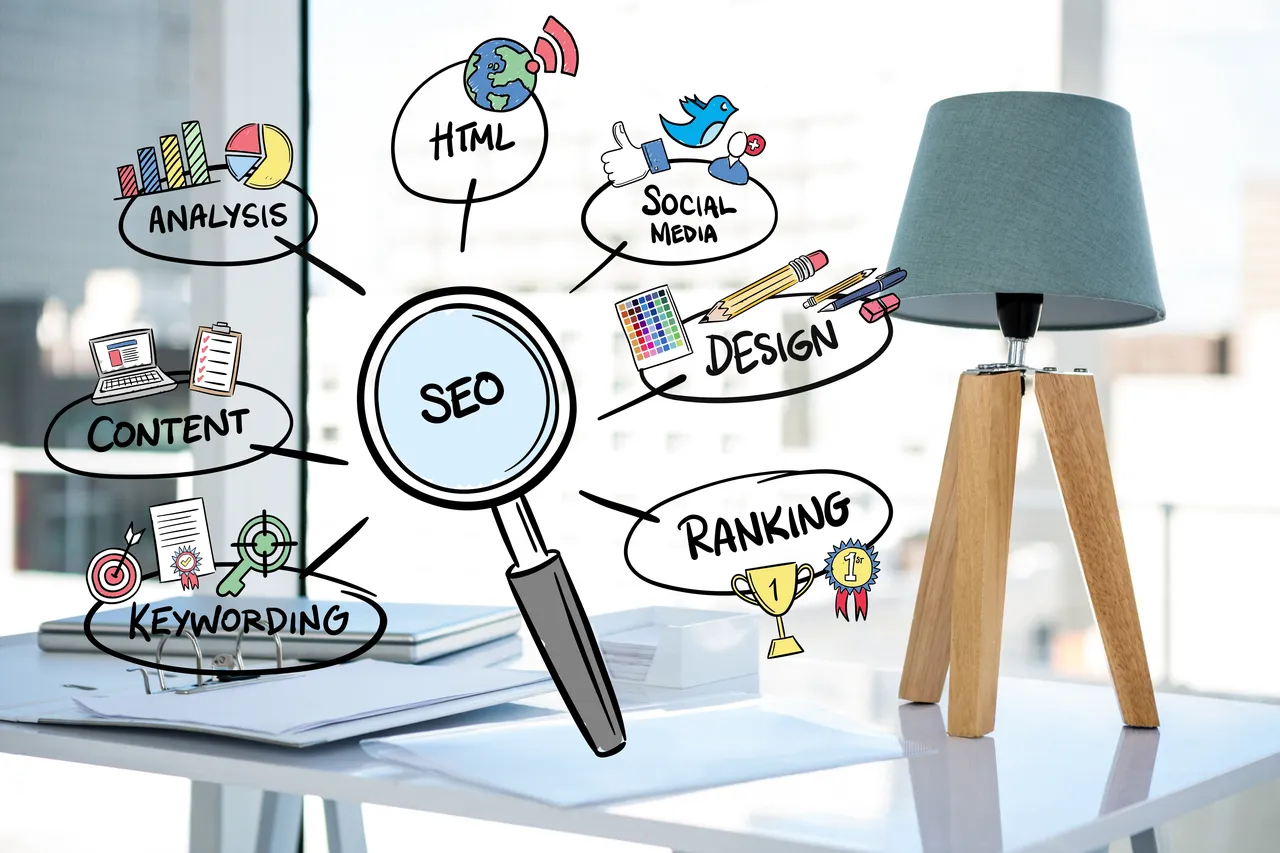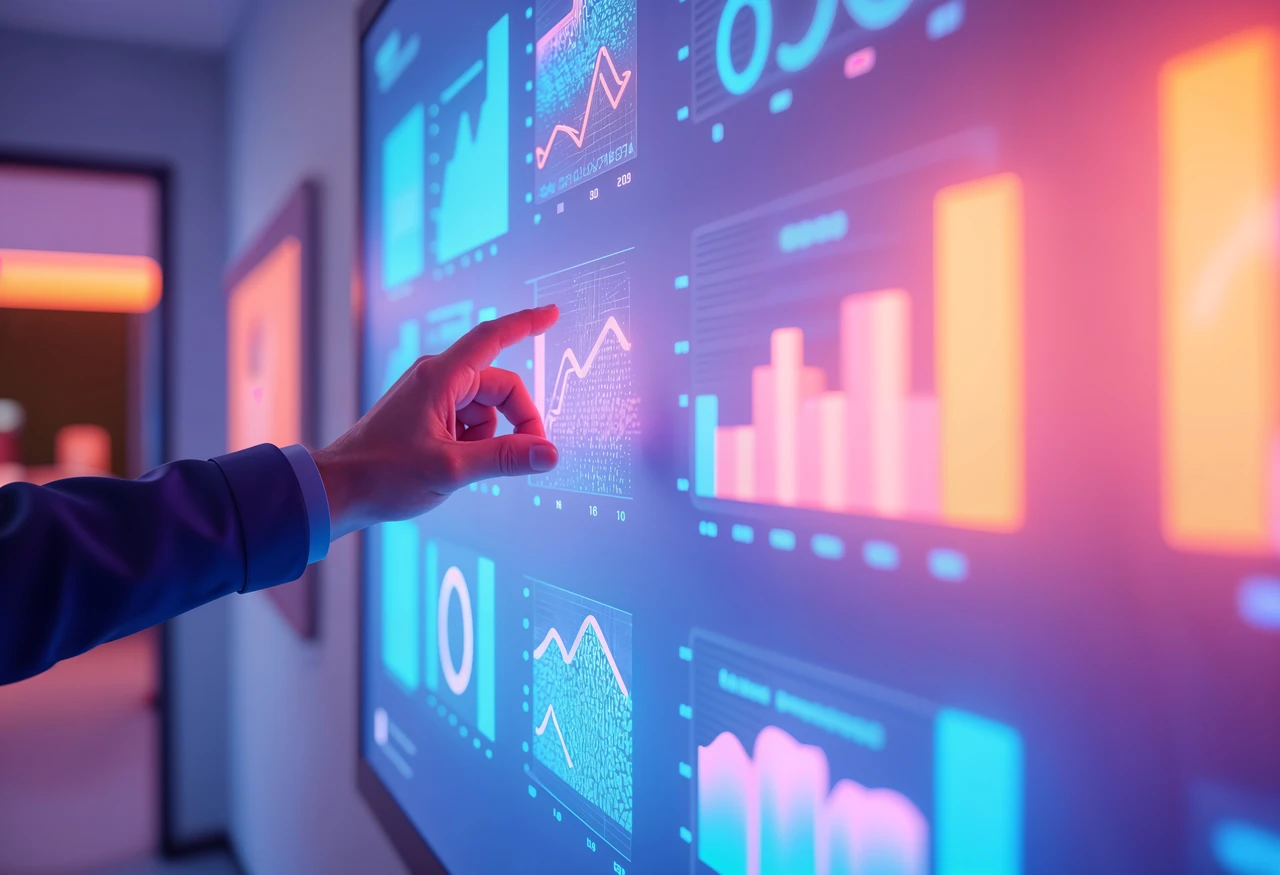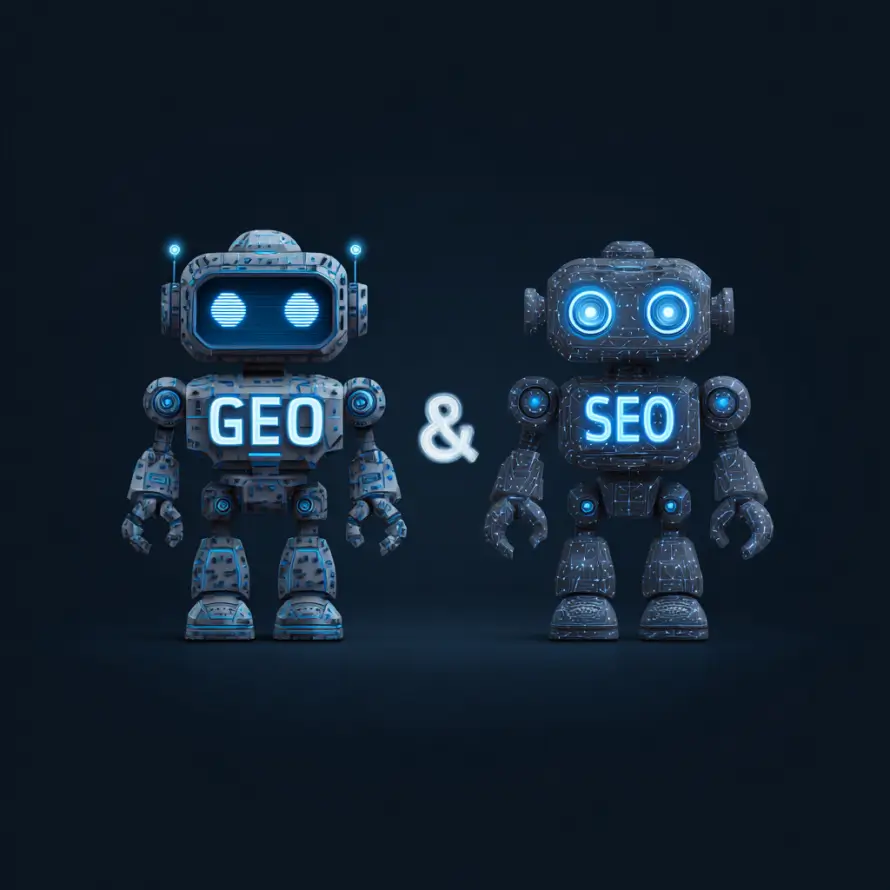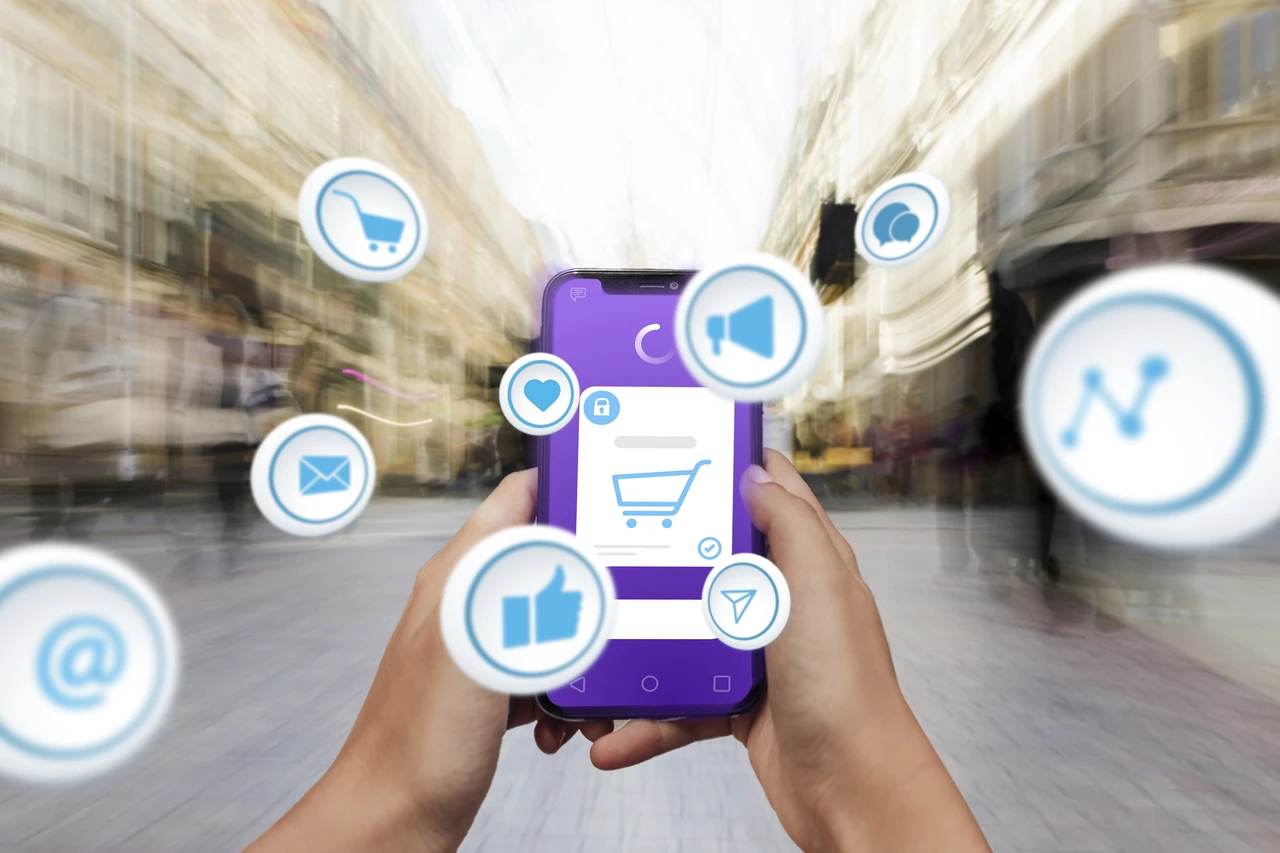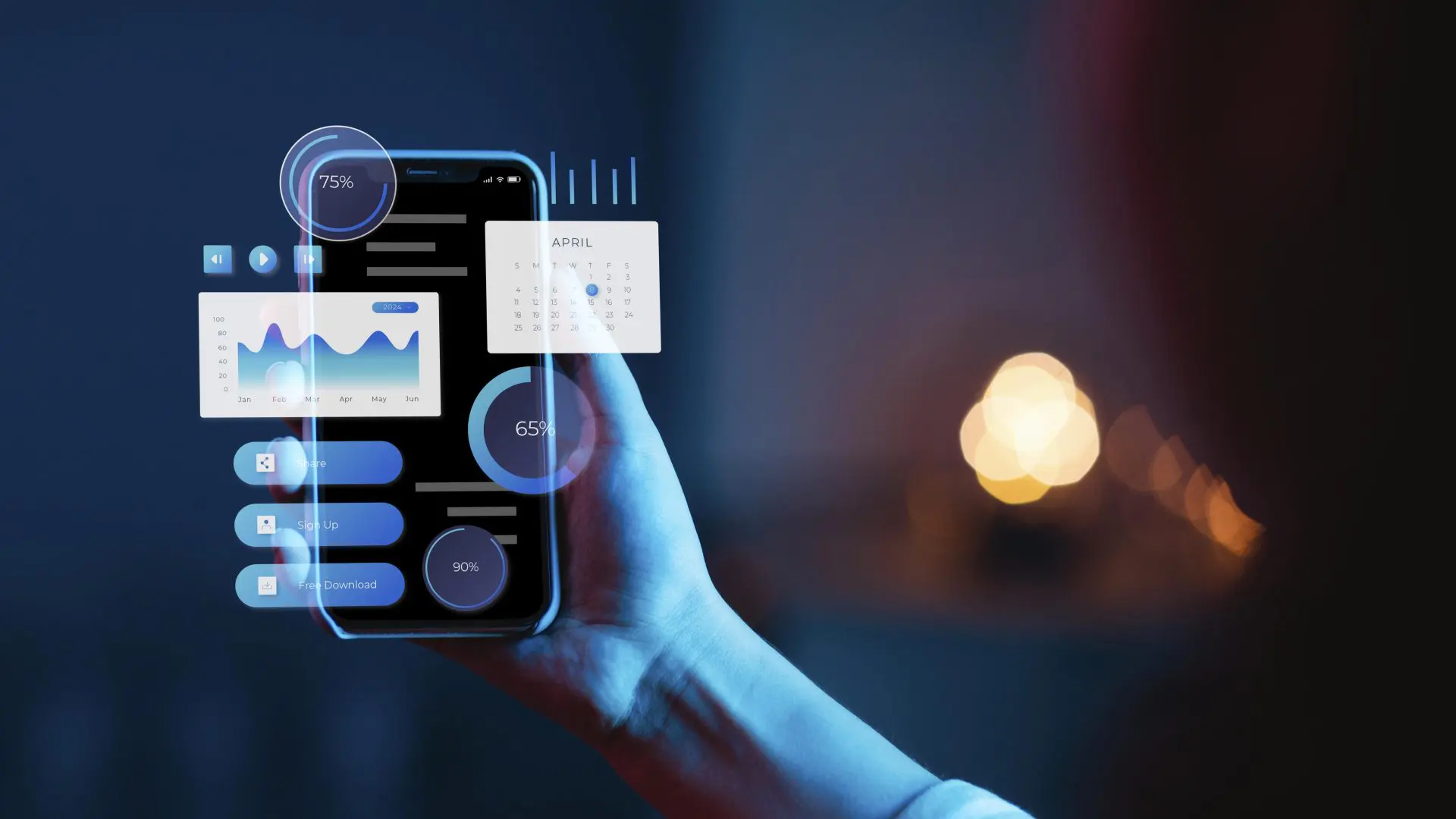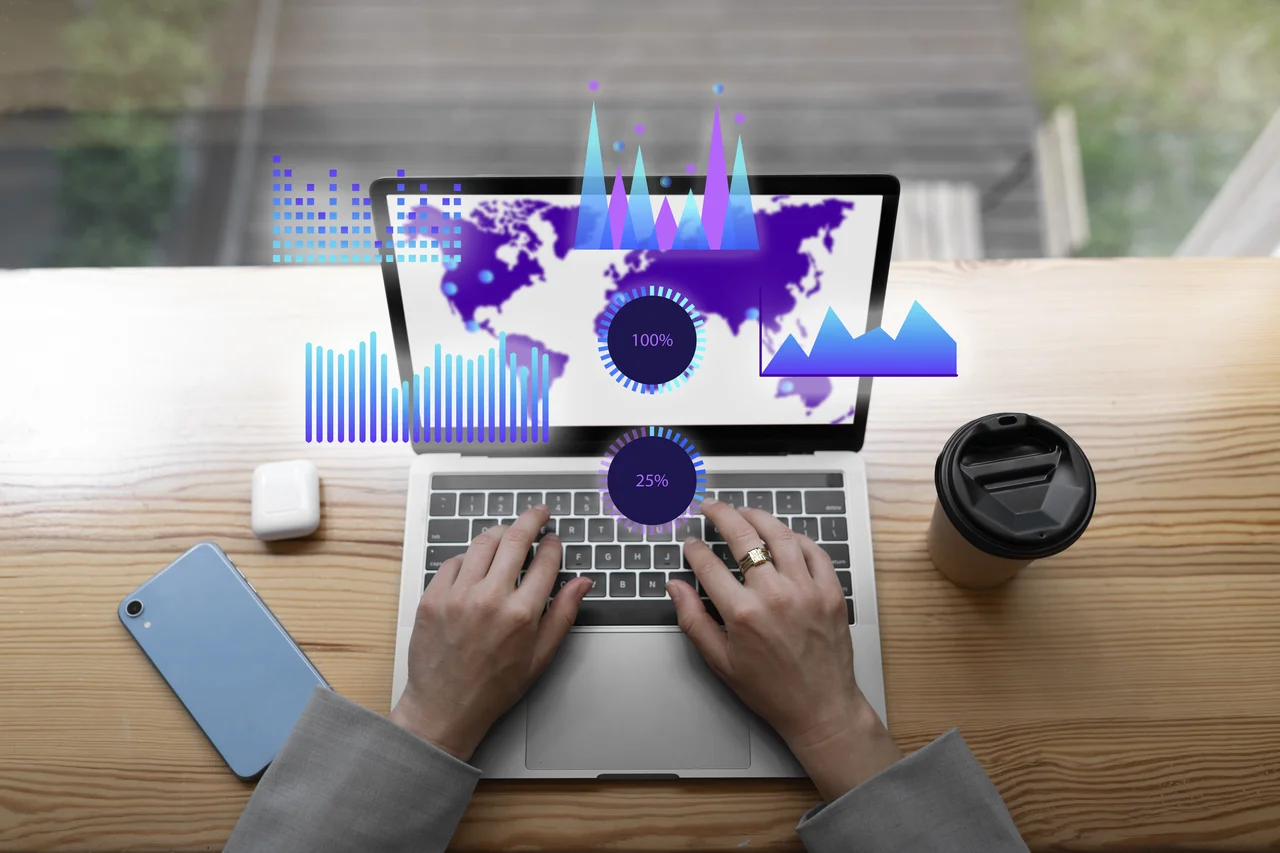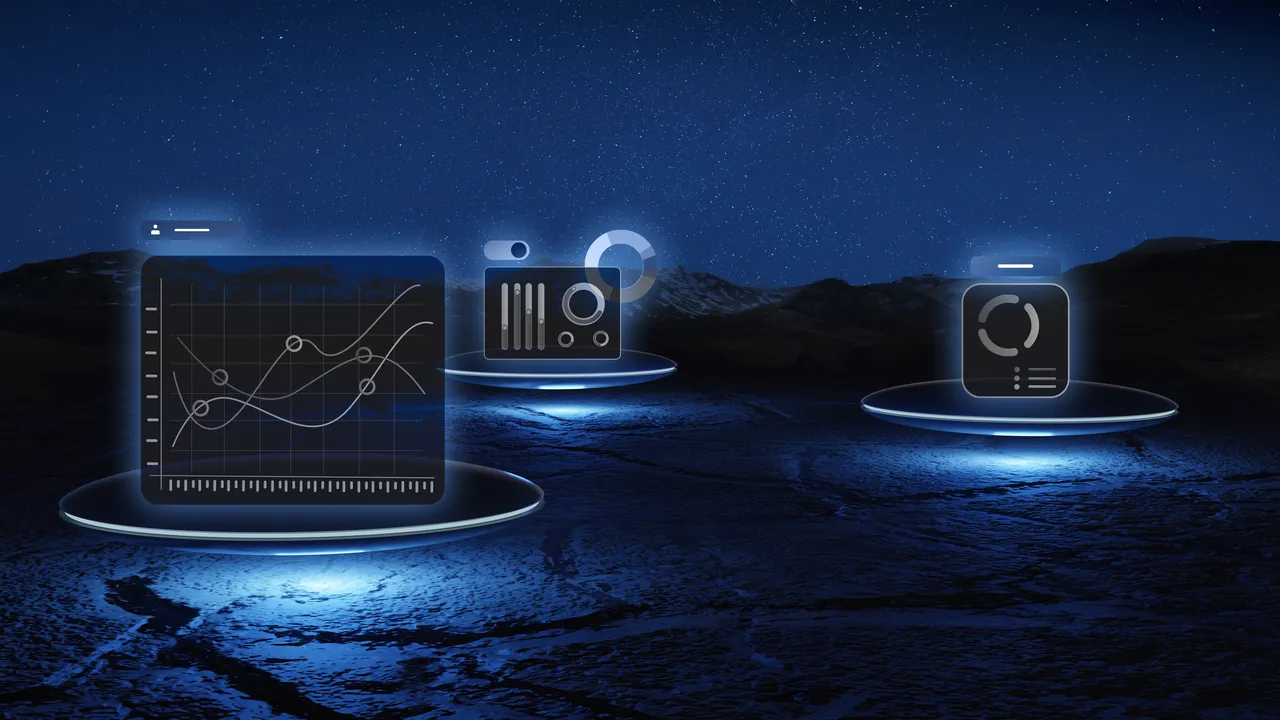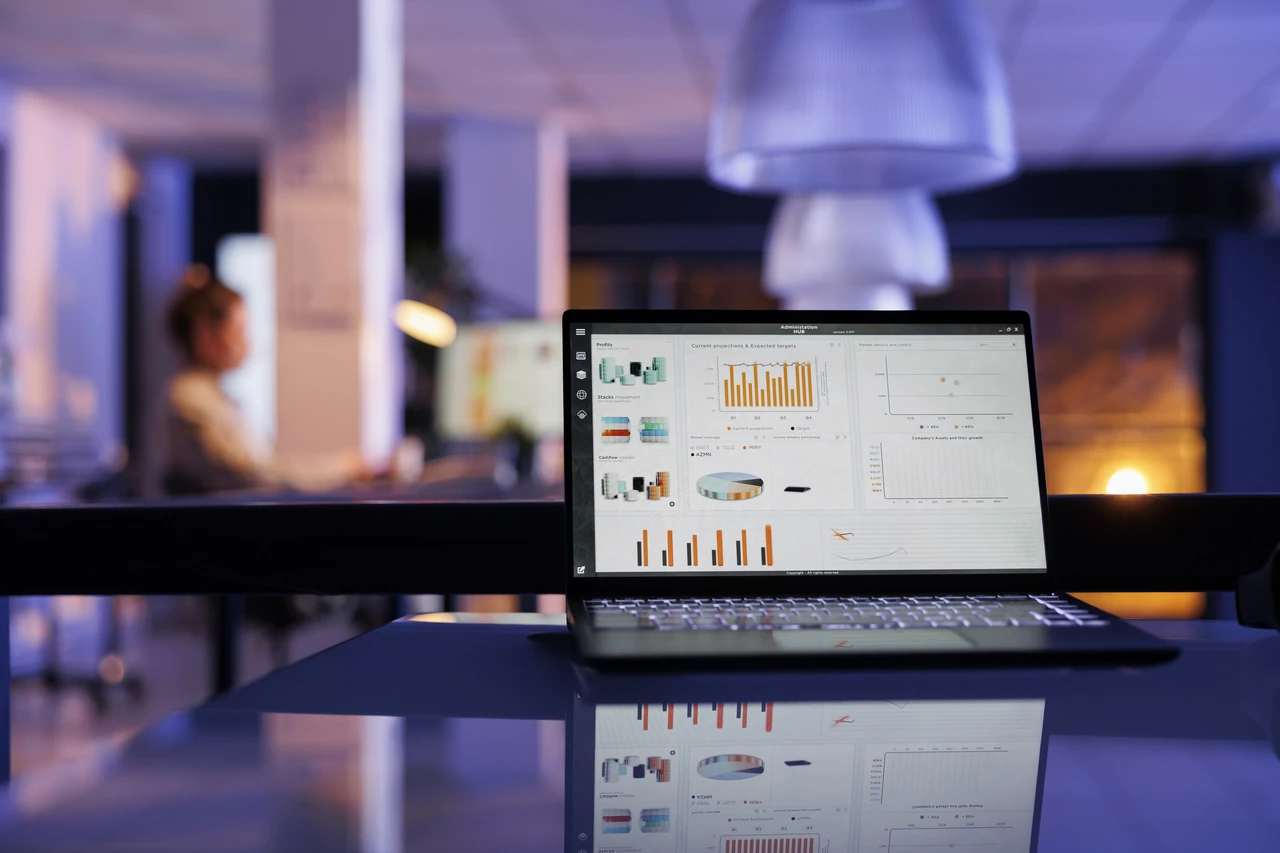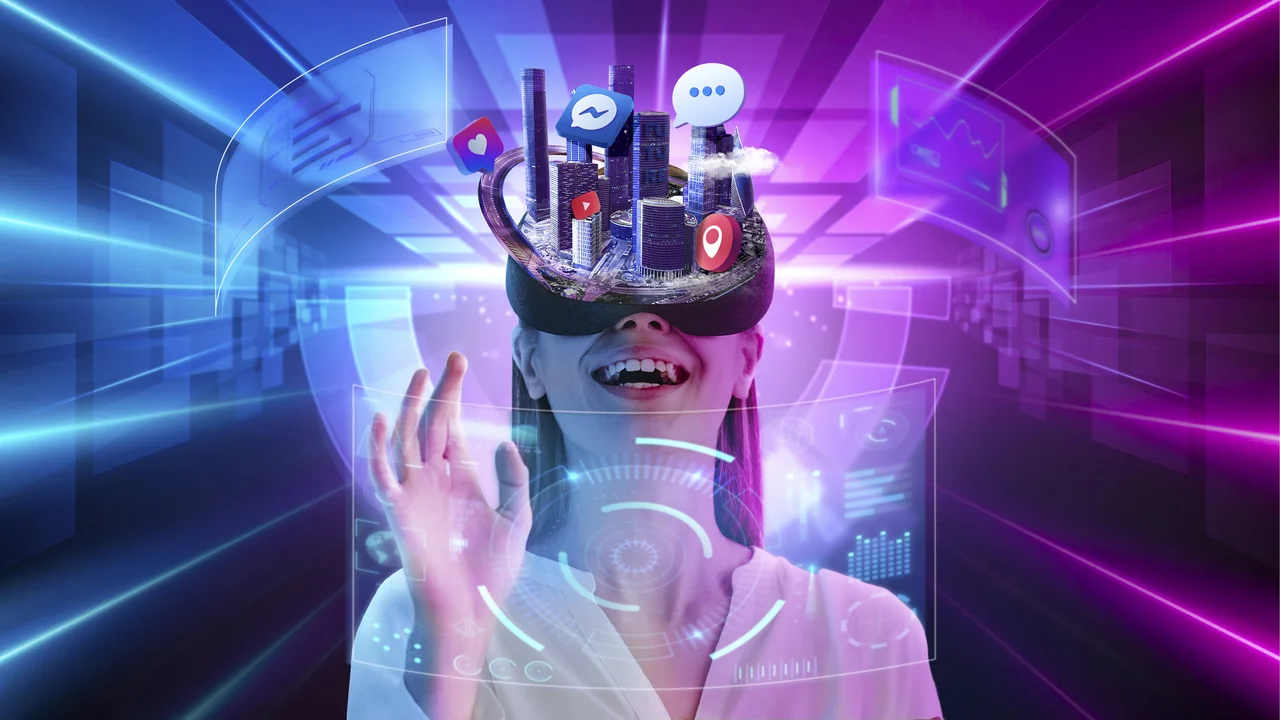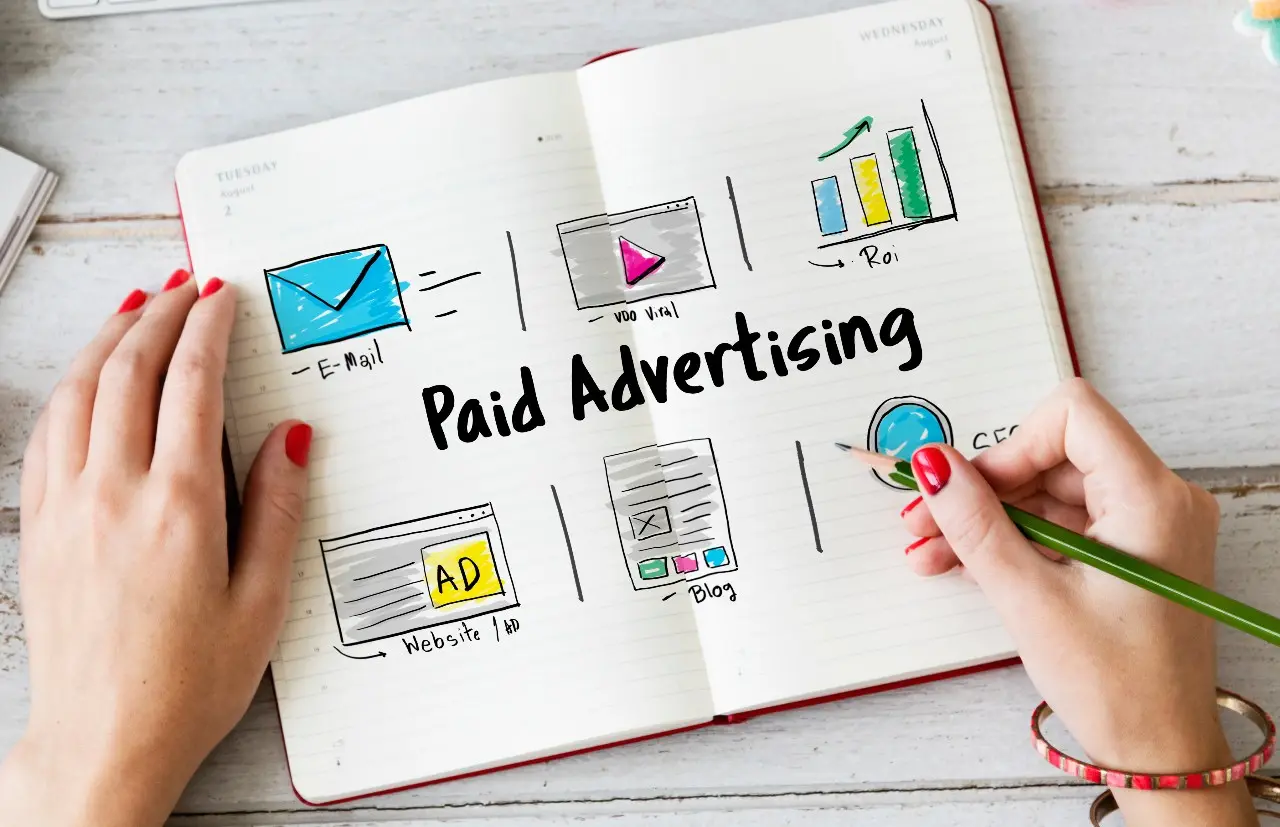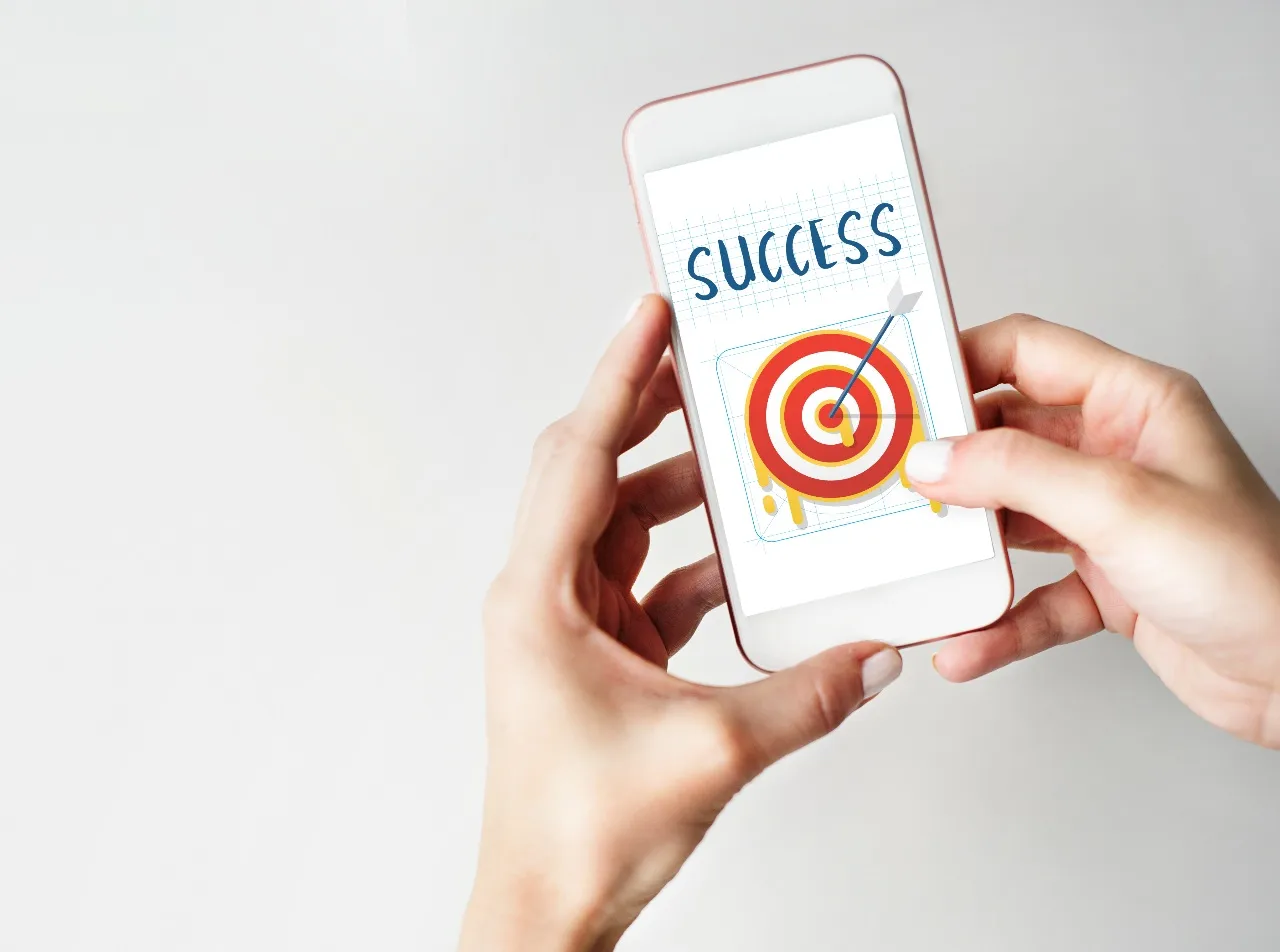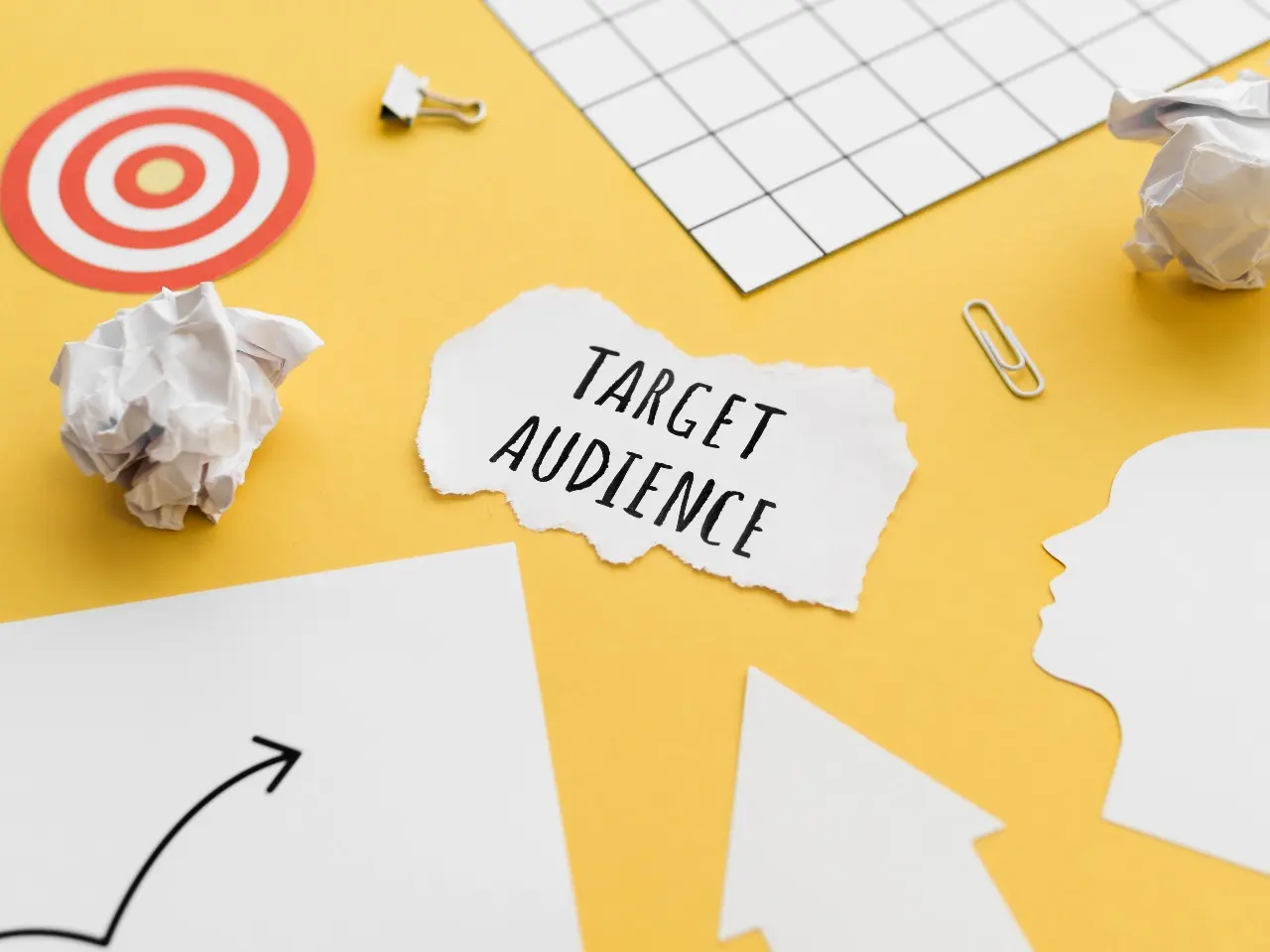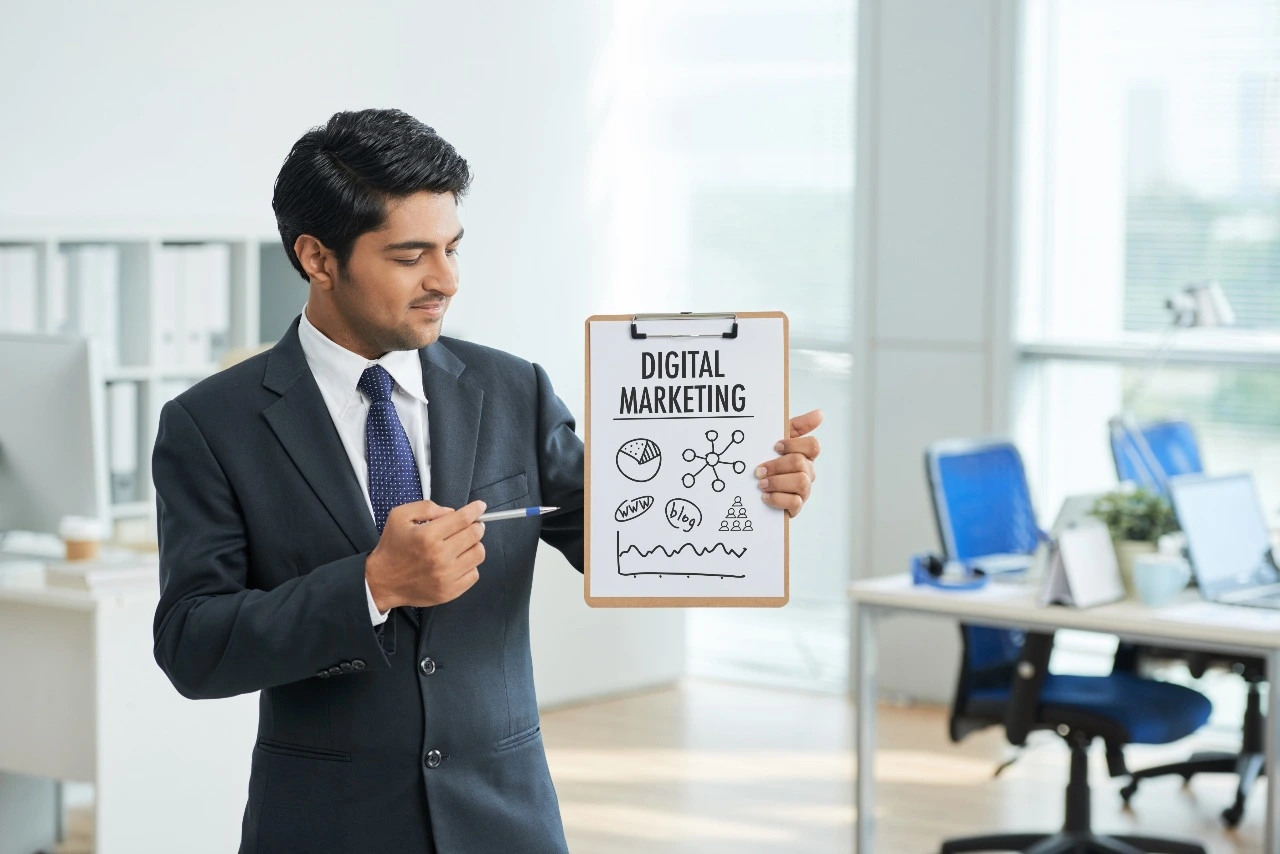Listen to article
In today’s rapidly evolving digital landscape, understanding where consumers focus their time and energy is crucial for marketers. As we look ahead to 2025, several key attention platforms are emerging as dominant forces, reshaping how brands connect with their audiences. From AI-powered advertising to the continued reign of video content, the strategies for capturing consumer attention are becoming increasingly sophisticated.
Are you prepared to navigate this ever-changing terrain to maximize your reach and impact? Let’s explore the platforms that will define consumer engagement in 2025, offering insights into how businesses can optimize their strategies to stay ahead of the curve. The following analysis reveals new and proven methods for capturing and retaining consumer’s mindshare.
AI in Advertising: Smarter Strategies for Better Returns
Artificial Intelligence is no longer a future concept in advertising—it’s a necessity for brands aiming to stay competitive. With advanced AI tools redefining how businesses run campaigns, 2025 is poised to be a year of breakthrough performance for advertisers. These innovations go beyond just simplifying processes; they provide creative solutions to uncover new audiences, deliver hyper-relevant messaging, and maximize ROI. As consumer attention becomes more fragmented, leveraging AI-driven platforms can help brands meet users where they are with precision and impact.
- Product ads remain a go-to strategy for generating high ROI by targeting purchase-ready consumers. Source
- Google Ads applies AI to enhance ad efficiency through smarter bid optimization, on-point ad creativity, and superior audience targeting. Source
- Microsoft’s suite of generative AI solutions, including Conversational Ads, Ads for Chat API, and Copilot, empowers advertisers to craft more engaging campaigns. Source
- In 2025, Microsoft is expected to gain even more traction among advertisers due to its advanced AI capabilities. Source
- Microsoft’s partnership with OpenAI has positioned the platform to capture a growing share of B2C advertisers, extending beyond its traditional B2B niche. Source
Key Takeaway
The rapid adoption of AI-based advertising is not just about staying in the race—it’s about gaining a competitive advantage. Platforms like Google and Microsoft are leveraging AI to open up new opportunities, from predictive targeting to creating content that resonates with intent-driven consumers. As these technologies evolve, businesses that embrace them early can outpace competitors by delivering campaigns that don’t just meet but exceed customer expectations.
Pro Tip:
Dive deeper into platform-specific AI features to uncover unique opportunities tailored to your business goals. Whether it’s keywordless ad creation with Google or conversational ad formats with Microsoft, testing multiple features can reveal high-impact strategies that set your brand apart. Plus, regularly revisit performance data to ensure you’re refining and adapting your campaigns based on real-world outcomes.
AI is Transforming How Businesses Connect with Customers
The integration of AI into digital marketing isn’t just a trend—it’s a paradigm shift in how businesses engage with their audiences and drive results. As we move into 2025, AI technology is rapidly evolving, offering tools that not only enhance efficiency but also create deeply personalized customer experiences. Whether it’s anticipating consumer needs or automating complex workflows, AI empowers marketers to achieve results that were once unimaginable.
- The introduction of SearchGPT by OpenAI in July 2024 is expected to revolutionize web searches, replacing traditional methods with intuitive AI-driven search functionalities. Source
- AI chatbots are advancing rapidly, enabling 24/7, human-like customer support with enhanced capabilities to address complex queries through generative AI. Source
- Marketers are increasingly using AI to analyze customer data, tailor content, and automate campaigns, streamlining workflows while maximizing ROI. Source, Source
Key Takeaway
The growing dominance of AI-powered platforms signals a fundamental change in how businesses operate and market in the digital space. By adopting AI tools, brands can outperform competitors through predictive analytics, real-time optimization, and hyper-personalized interactions. This isn’t just about efficiency—it’s about reshaping customer relationships and fostering loyalty by meeting expectations in smarter, faster, and more intuitive ways.
Pro Tip:
Pair AI technologies with human insight for the best results. While AI can handle data processing and automation, human creativity and emotional intelligence remain essential for crafting compelling, authentic campaigns.
How AI Chatbots Are Revolutionizing Customer Experience
AI chatbots are no longer just a “nice-to-have” feature—they are quickly becoming an essential tool for brands aiming to deliver seamless, real-time customer support and engagement. With consumer expectations for fast, personalized interactions at an all-time high, chatbots are scaling customer communication in ways that human teams alone simply cannot match. Beyond just answering FAQs, today’s AI-powered bots are driving conversions, resolving issues proactively, and even upselling products with contextual relevance.
- The global chatbot market, valued at approximately $5.4 billion in 2023, is projected to reach $15.5 billion by 2028, highlighting rapid AI adoption. Source
- A majority of customer interactions with brands will soon be facilitated by AI, including chatbots, revolutionizing conversational marketing and driving tailored engagement. Source
Key Takeaway
AI chatbots are not merely a trend—they are becoming a cornerstone of the modern customer experience strategy. As businesses expand their presence across multiple platforms, chatbots offer the scalability needed to meet customer demands without compromising quality or personalization. To stay competitive, brands should view chatbots as more than just support tools—they’re powerful assets for enhancing customer loyalty, gaining insights into customer behavior, and streamlining operations.
Pro Tip:
To maximize value, ensure your chatbot integrates seamlessly with CRM systems and leverages customer data to deliver hyper-personalized interactions. Consider hybrid models where AI handles repetitive queries while human agents step in for high-stakes conversations, creating a perfect balance for superior CX. For businesses looking to optimize broader digital efforts, combining AI tools with strategies like full-service marketing can amplify customer engagement and ensure consistency across all channels.
Rise of Video Across Digital Platforms
In the crowded digital landscape, video isn’t just a preferred medium—it’s a powerhouse driving consumer decisions. From influencing purchases to increasing engagement, video content has become the cornerstone for brands looking to cut through the noise and hold their audience’s attention. As trends shift toward immersive and visual experiences, leveraging video effectively is no longer a luxury—it’s a competitive necessity.
- Online videos are predicted to account for over 82% of all consumer internet traffic. Source
- YouTube stands out as the #1 purchase-driver on social media, influencing consumer decisions and driving sales. Source
- 87% of people say they make purchase decisions more quickly when browsing or shopping on YouTube. Source, Source
- The vast majority (83%) of consumers worldwide prefer YouTube for watching video content. Source
- Over 40% of global shoppers have purchased products they discovered on YouTube. Source
Key Takeaway
The data speaks loud and clear—video isn’t just influential; it’s transformative for how brands connect with their audience. With YouTube now serving as both a discovery tool and a purchase-driver, businesses can tap into its vast reach to shorten the consumer journey and drive conversions at scale. Meanwhile, platforms like Twitter prove video’s ability to amplify engagement and maximize ROI on paid campaigns. To stand out in today’s competitive digital ecosystem, businesses must strategically invest in video storytelling to unlock its full potential.
Pro Tip:
Maximize the impact of your video content by tailoring it to platform-specific behaviors. For example, create short, snappy clips for social media platforms like Twitter, while leveraging long-form, informative content on YouTube to nurture purchasing decisions. Don’t forget to include strong CTAs (calls-to-action) to guide your audience toward the next step in their journey—whether that’s subscribing, clicking, or buying.
Short-Form Video and Social Media as Consumer Powerhouses
As consumer attention becomes increasingly fragmented, short-form video content has solidified its place as a cornerstone of digital engagement. Platforms like TikTok, Instagram Reels, and YouTube Shorts have transformed how audiences consume content, offering brands a direct line to their target demographics. Social media isn’t just where users connect with friends anymore—it’s where they discover, interact with, and make purchasing decisions about brands. For marketers looking to stay ahead, mastering the art of short-form video storytelling on these platforms is more critical than ever.
- Nearly all short-form videos keep viewers engaged for over 40% of their duration, underscoring their ability to retain attention. Source
- 59% of short-form videos maintain viewer engagement for 41-80% of their length, showing the effectiveness of concise storytelling. Source
- 30% of short-form videos exceed an 81% watch rate, highlighting their ability to deeply captivate audiences. Source
- TikTok remains an underutilized platform for many marketers, with only 10% having explored it. Source
- Of the marketers leveraging TikTok, 66% have reported success, making it a high-potential platform for ROI. Source
- Vertical TikTok videos (9:16 ratio) achieve a 25% higher 6-second watch-through rate than horizontal videos, emphasizing the importance of format optimization. Source
- LinkedIn users are 20x more likely to share video content than other types of posts, proving video’s relevance across professional platforms. Source
- By 2025, brands are expected to further increase investments in platforms like YouTube, TikTok, and Instagram to capitalize on video’s unmatched reach. Source
- Younger audiences continue to prefer short-form video, with platforms such as TikTok, Instagram Reels, and YouTube Shorts growing in popularity. Source
- 77% of viewers have been influenced to make a purchase after watching a short video on social media, reinforcing its role in the customer journey. Source
- Social media now plays a central role in content discovery, with many consumers seeking video content in addition to blogs and podcasts. Source
Key Takeaway
The statistics reveal the unique opportunity short-form videos provide to not just capture, but also convert attention into action. Platforms like TikTok, Instagram Reels, and YouTube Shorts aren’t just for entertainment—they’re shaping purchasing behaviors and defining how brands connect with audiences. To succeed in 2025, businesses need to think beyond simple content creation and focus on content designed for consumption habits: vertical videos, highly engaging visuals, and storytelling that hooks viewers in seconds. Additionally, social media’s role as an all-in-one discovery, engagement, and purchasing hub means every piece of content should align with audience behaviors on specific platforms.
Pro Tip:
Elevate your video strategy by adopting a “platform-first” mindset. For TikTok, prioritize trendy, relatable vertical content. For LinkedIn, focus on value-driven, professionally relevant video posts. And don’t forget interactive elements—features like polls, shoppable tags, or AR lenses can transform passive viewers into active participants, driving deeper engagement.
Social Media Platforms Are Redefining Search Behavior
Social media is no longer just a space for sharing updates or tagging friends—it’s transforming into a hub for search and discovery, especially among digital-native generations. This evolution is fundamentally changing how users find information, with platforms like TikTok and Instagram emerging as preferred search tools. For businesses, this signals an opportunity to rethink their strategies and position themselves where their audience actively seeks answers.
- Approximately 46% of Gen Z individuals now use social media to find answers to their questions, marking a significant move away from reliance on traditional search engines. Source
- Over two in five Americans are leveraging TikTok as a search engine, showcasing its growing ability to address diverse queries beyond entertainment. Source
- A 2024 Adobe survey found that 64% of Gen Zers have turned to TikTok for search, confirming its rise as an information hub. Source
Key Takeaway
The rise of social media as a search tool represents a fundamental shift in consumer behavior, particularly among younger audiences. Businesses can no longer rely solely on traditional SEO strategies; instead, they must embrace platform-specific approaches to stay visible. From optimizing short-form videos with relevant keywords to engaging users through authentic content, leveraging these social platforms as search engines opens the door to new, highly targeted audiences. Think of it as a chance to meet your customers where they are—and where they’re searching—on a daily basis.
Pro Tip:
Dive into each platform’s unique search dynamics. For TikTok, focus on concise, keyword-driven video captions and hashtags. On Instagram, create visually striking content that aligns with trending searches. Investing in platform-specific SEO not only boosts discoverability but also keeps your brand ahead of the curve in a rapidly evolving digital landscape.
Gen Z’s Impact on Social Media and the Creator Economy
Gen Z is not just an audience; they are trendsetters shaping the future of digital marketing and the creator economy. This generation prefers brands that align with their values and seamlessly integrate into their digital experiences. For marketers, this means understanding their behavior isn’t just a bonus—it’s essential to staying relevant in a landscape where authentic, personalized content wins attention.
- 64% of Gen Z individuals prefer discovering products through social media over other channels. Source
- Recommendations from influencers are a critical factor in purchase decisions for 55% of Gen Z individuals. Source
- The creator economy is projected to reach $480 billion by 2027, nearly doubling from its estimated market size of $250 billion in 2024. Source
Key Takeaway
The numbers don’t lie—Gen Z is driving a fundamental shift in the marketing world, with social media and influencer collaborations at the center of their discovery and purchasing habits. Marketers must prioritize partnerships with creators who resonate with Gen Z’s values, ensuring content is impactful and organic, rather than overly polished and sales-driven.
Pro Tip:
Don’t overlook micro-influencers. These creators may have smaller followings, but their audiences are highly engaged and trust their recommendations. Lean into this trend by collaborating on campaigns that feel natural and community-driven for more meaningful connections and measurable results.
How Social Media Fuels Advertising Success in Digital Marketing
Social media has evolved beyond a communication tool; it’s now one of the most effective advertising avenues for businesses. With billions of users actively engaging across multiple platforms, social media presents an unparalleled opportunity to connect with consumers where they are most engaged. The ability to target specific audiences and leverage high-performing platforms like TikTok makes social media advertising a cornerstone of modern marketing strategies.
- Social media advertising accounts for an average of 28.8% of all ad spends. Source
- Total ad spend on social media is projected to reach $220 billion in 2024. Source
- On average, individuals use 6.7 social media platforms each month, illustrating just how integral these platforms are to daily life. Source
- A striking 38% of TikTok users are receptive to advertisements, compared to only 4% of general internet users, emphasizing TikTok’s unique role as a high-impact advertising platform. Source
Key Takeaway
The numbers tell a clear story—social media is not just a channel but a driver of advertising success. From the massive ad spend growth to the multi-platform presence of users, leveraging social media advertising isn’t optional; it’s essential. For businesses, this means understanding platform-specific behaviors to craft campaigns that resonate. TikTok’s openness to ads, for example, signals the importance of tailoring your creative strategy to the platform’s culture to maximize ROI.
Pro Tip:
Don’t treat all platforms the same. Explore performance data to understand which platforms align best with your audience demographics and behaviors. Experiment with interactive formats, like reels or challenges, to generate engagement while keeping track of evolving advertising trends through platforms like Statista or Datareportal.
How Established Platforms and Emerging Spaces Are Shaping Consumer Engagement
As digital audiences fragment across new and traditional platforms, businesses must carefully assess where consumer attention is truly concentrated. While Google continues to dominate core search behavior, platforms like LinkedIn are thriving in the B2B sector, and community-driven spaces like Reddit are making waves as hubs for authentic conversations and consumer influence. This evolving landscape highlights the diverse range of opportunities for brands to connect with their audiences through highly targeted, platform-specific strategies.
- Google accounts for 62% of all core search queries in the United States. Source
- LinkedIn ad revenues are projected to grow by 12.7% in 2025, reaching $5.09 billion. Source
- LinkedIn B2B display ad revenues will increase by 12.5% in 2025, reaching $4.73 billion. Source
- Podcast ad spending in the U.S. is projected to exceed $2.5 billion in 2024, reflecting the increasing popularity of podcasts among consumers. Source
- Reddit experienced a 50% year-over-year increase in revenue and users in Q2 2024, indicating its growing influence and advertising potential. Source
Key Takeaway
The dominance of Google underscores that SEO remains non-negotiable for visibility, but the real growth opportunities lie in adapting to where consumer engagement is deepening. LinkedIn’s surging ad revenues signal its potential as the go-to platform for B2B marketers, while Reddit’s unparalleled ability to foster authentic discussions offers a unique edge for advertisers aiming to build trust and influence decision-making. Meanwhile, the rise of podcasts reminds us that audio content is not just a trend but a powerful format for meaningful storytelling and brand loyalty.
Pro Tip:
Diversify your marketing strategy by tailoring it to each platform’s strengths. Refine your SEO to capture intent-driven searches on Google, explore LinkedIn to directly target professional decision-makers, and engage with communities on Reddit to drive authentic conversations. Don’t overlook podcasts as a medium to connect with highly attentive audiences—consider weaving storytelling and tangible value into your ads to stand out in this rapidly growing space.
Resurgence of Live Events: A Game-Changer for Consumer Engagement
As 2025 unfolds, live events are reclaiming their position as powerful tools for brands to connect with consumers on a deeper level. In an era dominated by digital interactions, the return of in-person events answers a growing demand for tangible, immersive experiences that foster genuine human connection. For brands, this shift represents not just a marketing opportunity but a strategic advantage in cutting through the oversaturation of online content.
- A striking 59% of meeting professionals favor organizing in-person-only events, reinforcing the unmatched value of face-to-face engagement over virtual alternatives. Source
- The industry is poised for growth, with 66% of professionals expecting larger budgets to support diverse event strategies, from networking opportunities to product showcases. Source
- An impressive 80% of experts predict an uptick in event spending, with 30% forecasting increases of over 25%—a clear indicator of the sector’s revival and rising importance. Source, Source
Key Takeaway
The renewed focus on live events signals a pivotal moment for brands to reimagine how they build relationships and communicate their stories. Unlike digital-only strategies, in-person events offer an authenticity and immersion that leave lasting impressions, helping businesses stand out in a crowded market. By seizing this momentum and prioritizing experiential marketing, brands can foster stronger emotional connections, create shareable moments, and align their efforts with the growing expectations for meaningful, real-world interactions.
Pro Tip:
To elevate your in-person events, integrate hybrid elements. While live interactions take center stage, offering virtual components can extend your event’s reach and engage audiences beyond geographical boundaries. This approach ensures you leverage the best of both worlds: the depth of in-person connections and the scalability of digital technologies.
Redefining Visibility: How Paid Search and Organic Content Converge
As consumer behaviors evolve, the separation between paid search and organic content is fading—a shift that presents marketers with both unique challenges and opportunities. In an era where users are inundated with content, the ability to create paid campaigns that seamlessly merge with organic results isn’t just a competitive advantage; it’s a necessity. This convergence highlights the importance of authenticity and relevance in digital marketing strategies.
- 50% of users cannot distinguish between paid and organic search results, showcasing the growing effectiveness of paid campaigns that mimic the look and feel of organic content. Source
- 60% of people fail to identify ads on search engine results pages, further illustrating the diminishing distinction between promotional and non-promotional content. Source
Key Takeaway
The growing inability of consumers to distinguish between paid and organic content is a double-edged sword for marketers—it amplifies the need to provide value while avoiding any sense of deception. When done thoughtfully, this convergence can enhance trust, boost click-through rates, and maximize brand exposure. Invest in crafting ads that deliver genuine solutions, align with user intent, and flow naturally within the search experience.
For marketers and businesses looking to refine their overall approach to digital campaigns, integrating organic strategies into paid efforts is just one piece of the puzzle. Developing a cohesive B2B website strategy can further amplify your results by ensuring your website serves as a powerful hub that aligns with both organic and paid efforts.
Pro Tip:
To truly stand out, focus on aligning your paid campaigns with user expectations driven by organic search patterns. Use tools like SEMrush or Ahrefs to identify high-performing organic keywords and incorporate them into your paid search strategy. Regularly test variations of headlines, visuals, and CTAs to strike the perfect balance between performance and authenticity.
Why Mobile Optimization is Non-Negotiable in 2025
In an age where digital interactions increasingly happen in the palm of users’ hands, ensuring a mobile-first experience has transformed from a competitive edge to a fundamental requirement. With mobile devices surpassing desktops as the dominant platform for web traffic, brands that neglect mobile optimization risk losing visibility, engagement, and customer trust. Whether it’s browsing, shopping, or consuming content, consumer expectations for smooth, mobile-friendly experiences are higher than ever.
- Mobile devices account for approximately 50.5% of website traffic, surpassing desktop’s 46.5%. Source
Key Takeaway
To stay competitive, brands must adopt a mobile-first mindset—one that goes beyond simply resizing content to fit smaller screens. Mobile users interact with platforms differently, expecting fast loading speeds, intuitive navigation, and mobile-specific functionality such as click-to-call buttons or easy checkout processes.
Pro Tip:
Focus on performance by optimizing images, leveraging caching technologies, and minimizing unnecessary code to enhance site speed. Pair this with thumb-friendly design elements like larger buttons and simplified menu structures to ensure effortless usability on all devices.
Why Content Publishing Frequency Drives Lead Generation Success
In a competitive digital landscape, the frequency of content publication plays a pivotal role in determining a brand’s ability to attract and engage its target audience. Regular content updates not only keep your audience coming back for more but also signal to search engines that your site is active and valuable—key factors in boosting search rankings. By committing to frequent, high-quality content creation, businesses can position themselves as trusted authorities in their industries and accelerate lead generation.
- Businesses that publish at least 16 articles per month generate leads 4.5 times faster than those that publish less frequently. Source
- Businesses with blogs experience 55% more organic search traffic compared to those without blogs. Source
Key Takeaway
Content creation is no longer just about what you say—it’s about how often you say it. Brands that invest in a steady publishing rhythm are more likely to stay top of mind, rank higher on search engines, and consistently drive leads. Whether it’s through blogs, videos, or infographics, maintaining a reliable schedule not only attracts new audiences but also nurtures existing leads over time.
Pro Tip:
To ensure sustained results, build a content strategy that balances quantity and quality. Use tools like Trello or Asana to streamline your content planning, prioritize SEO optimization in every piece, and don’t hesitate to repurpose well-performing content into other formats to extend its reach. Regularly analyze performance metrics to identify what resonates most with your audience and refine your approach.
Conclusion
The landscape of consumer attention is undergoing a seismic shift as we approach 2025, with AI, video content, and social media platforms at the forefront of this transformation. The rise of AI-powered advertising is not just a technological leap; it’s a strategic necessity for businesses aiming to optimize campaigns and achieve superior ROI. Similarly, the dominance of video content across platforms like TikTok, YouTube, and Instagram underscores the need for brands to craft visually compelling narratives that resonate with their audiences.
Moreover, the fusion of paid and organic content, coupled with the growing importance of mobile-first strategies, highlights the nuanced approach marketers must adopt to remain relevant. The rapid evolution of social media into a search and discovery powerhouse further emphasizes the need to adapt dynamically to consumer behavior shifts, especially among Gen Z audiences who are redefining digital engagement norms.
Navigating these attention platforms requires strategic foresight and an ability to leverage emerging trends effectively. If you’re ready to supercharge your business, don’t hesitate to get in touch with our full-service marketing pros for a free quote. Together, let’s position your brand to thrive in this ever-changing landscape and capture consumer attention where it matters most.
About The Platforms That Dominate Consumer Attention in 2025
This guide was written by the Scopic Studios team and reviewed by Araksya Hakobjanyan, SEO Lead at Scopic Studios.
Scopic Studios delivers exceptional and engaging content rooted in our expertise across marketing and creative services. Our team of talented writers and digital experts excel in transforming intricate concepts into captivating narratives tailored for diverse industries. We’re passionate about crafting content that not only resonates but also drives value across all digital platforms.
Note: This blog’s feature image is sourced from Freepik.



